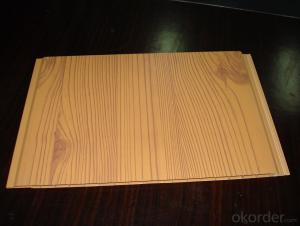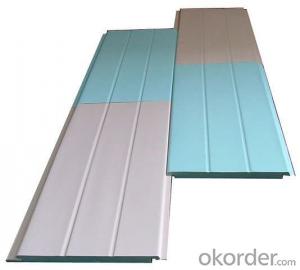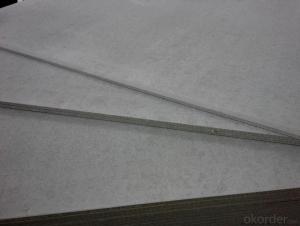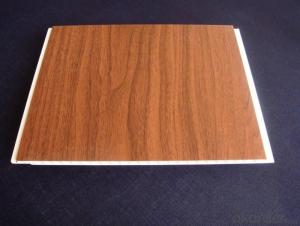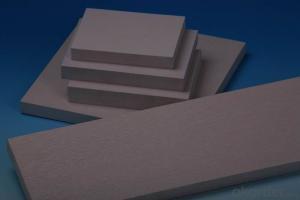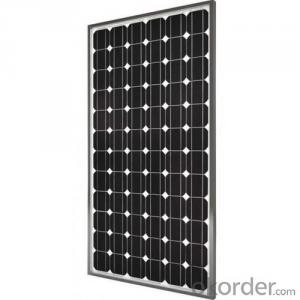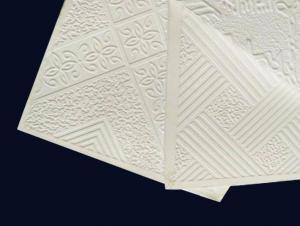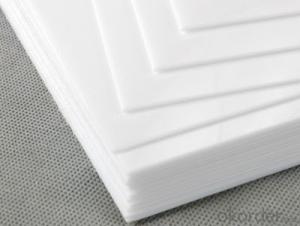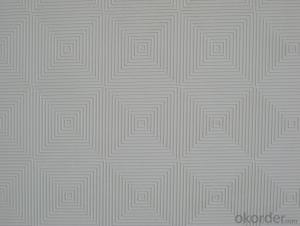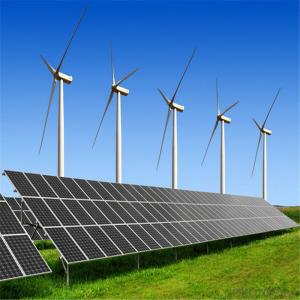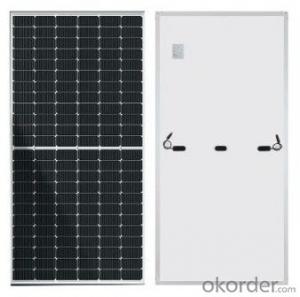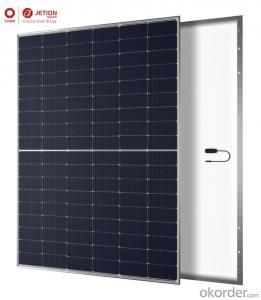Sma Solar Panel Inverter
Sma Solar Panel Inverter Related Searches
Shiny Or Dull Side Of Aluminum Foil For Cooking Inverter For 100w Solar Panel Solar Panel Inverter For Rv Pvc Tiles For Walls Wall Lights For Bedrooms Inverter Ac With Solar Panel Solar Panel With Inverter Kit Solar Panel Kits With Inverter Solar Panel With Inverter Direct Roving For PultrusionHot Searches
Used Sandwich Panel For Sale Pvc Chairs For Sale Tilt Panel Props For Sale Lightweight Scaffolding For Sale pvc pipe manufacturers in usa Sandwich Panel Price In India China Solar Panel Inverter Solar Inverter Panel Price China Pvc Geomembrane Sandwich Panel Manufacturers In Bangladesh Pvc Roofing Sheets Price India Pvc Roofing Sheets Price pvc resin price index Solar Panel Inverter Size Solar Panel Inverter Suppliers Q Cells Solar Panel Prices Tesla Solar Panel Inverter Honeycomb Sandwich Panel Suppliers Type Of Inverter For Solar Price Of Shipping Containers For SaleSma Solar Panel Inverter Supplier & Manufacturer from China
Okorder.com is a professional Sma Solar Panel Inverter supplier & manufacturer, offers integrated one-stop services including real-time quoting and online cargo tracking. We are funded by CNBM Group, a Fortune 500 enterprise and the largest Sma Solar Panel Inverter firm in China.Hot Products
FAQ
- are solar panels just a photodiode?A Photodiode converts light into either current or voltage? Right?
- Yes, so are camera sensors. Except in cameras they're specially desgined to reduce noise.
- Im curious because I read about a boy who invented a 3d solar panel, using a pyramid he designed a solar panel that collects light more efficiently. Now I have a question. Why cant I design a solar panel that takes adventage of convex and concave mirror's and use a surface that collects light and then focus's the suns energy into a beam and take the beam into a chamber where the solar panels are sitting and surround them with mirrors as well, so any light not obsorbed by one particular spot is reflected to another area for reabsorbtion. I know solar panels dont absorb light but perhaps that will allow more light to create the effects it needs.
- I don't know anything about the 3D thing. You cannot get more energy out, than goes in. Energy will only hit the mirrors. With some loss of efficiency they would reflect a focused beam into the chamber, where with some more losses would reflect it to the solar panels. It would be more efficient just to expose all the panels to sunlight.
- Yes, solar panels can be installed on a warehouse or distribution center. In fact, these large flat rooftops are ideal locations for solar panel installations due to their ample space and reduced shading. By harnessing solar energy, warehouses and distribution centers can significantly reduce their dependence on traditional grid electricity and lower their carbon footprint.
- I need to know how solar photovoltaic panels work. Anyone have a good explanation?
- Hey E Girl, photovoltiac panels are pretty simple. They start with a solid block of silicone, and shave thin layers off of them, called wafers. Once you have about 72 of them, you take half of them and dope them with boron, then the other half are doped with phosphorous. Once that's done, they take one each phosphorous and boron wafer, and glue them together with a special conductive epoxy glue, and attach a wire to each wafer. When the two glued wafers are exposed to the sun, a reaction occurs that forces free electrons from the silicone particles from one wafer onto the other, and a voltage is generated between them, about /2 volt to be exact. Once all 36 pairs are glued together, they are wired in series, connecting the phosphourous wafer from one to the boron wafer on the next, and so on. If you start with 72 wafers, you'll have 36 pairs glued together when you are done. At /2 volt each, that makes a 8 volt panel, which is used to charge a 2 volt battery. The charging source always has to have a few more volts than the battery. These 36 pairs of cells are then arranged on some kind of back board, glued down, covered with acrylic glass and mounted in a frame. There are some great websites you can go to for more info, I will list some below. Did you know that there are over 00,000 homes and businesses in the US alone that use some level of solar power to operate their electrical systems? That's good news. We actually live in one of those homes, it is powered by both the wind and sun and heated with solar and wood. I hope this answers your question, good luck, and take care, Rudydoo
- I want to be more green and if I get the panels will I still have a regular electric bill?
- The most cost-effective solution, which the vast majority of new installs use today, is solar alongside the regular power company. That way, you need no batteries, and if the solar array isn't producing enough at any given time, you draw from the electric company. When the array is producing more than you need, instead of just throwing that power away, the power company buys it (usually). In short, yes, you will still have an electric bill, but a smaller one. On our house, the electric bill was a little less than $5 a month, with an end-of-year settlement of an additional $2. How much does it cost? Unfortunately, that's like asking how much personal transportation costs. Some people need a van to transport the kids to soccer, some may get by with a motorcycle, others may need only a bicycle. The best thing is to contact a professional installer to get a quote based on your location and electrical usage. Solar electric does not make financial sense in all areas. Our array cost $2,000 but don't use that as a guide. Yours might be 0 times that, or half that, depending on your area and needs.
- Yes, solar panels can be installed on outdoor lighting fixtures. In fact, many outdoor lighting fixtures, such as solar-powered garden lights or street lights, come with built-in solar panels that allow them to harness energy from the sun to power the lights. This eliminates the need for electrical wiring and makes them more energy-efficient and environmentally friendly.
- My husband is interested in buying solar panels for the roof and i dont know where to find them.
- Buying solar panels can be very expensive, especially for installation. If your average daily usage is 6.6 kilowatt per hour, then you would need a 2 kilowatt system that could generate ten kilowatts per hour in a day. This system could cost between $0,000 to $20,000. Of course, the higher wattage, the higher the cost. There are some alternatives to spending thousands of dollars on solar panels. ) Buy several solar panel kits and link them together yourself. 2) Combine solar with wind power to decrease the number of panels you will need. 3) Build your own solar panels for around $200 each. If you are handy with some basic soldering, then you can make your own solar panels.
- Hi. I hate the energy company. I hate my carbon footprint. I will likely move to a piece of property and put a decent-sized mobile home on it. I want solar panels so I can get my own power. I live in the state of Wisconsin. How much would this approximately cost? Would I need certain permits? How many panels can be used? Thanks for helping!
- My guess is that you will pick up everything concerning solar power at www.okorder .
